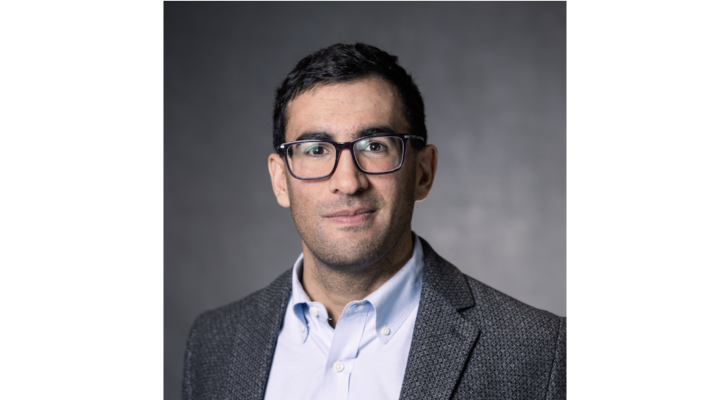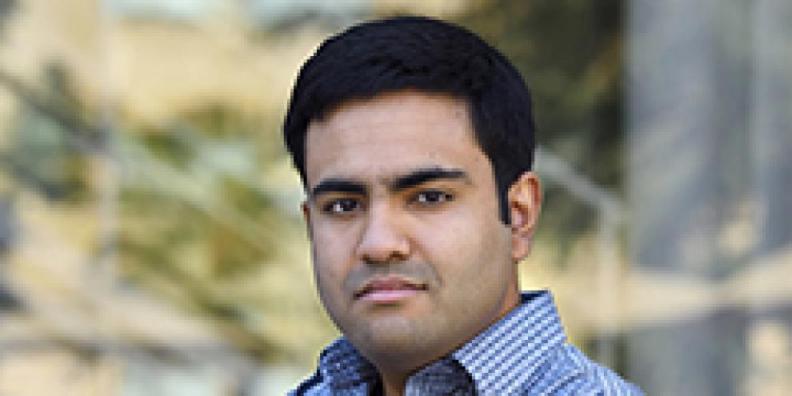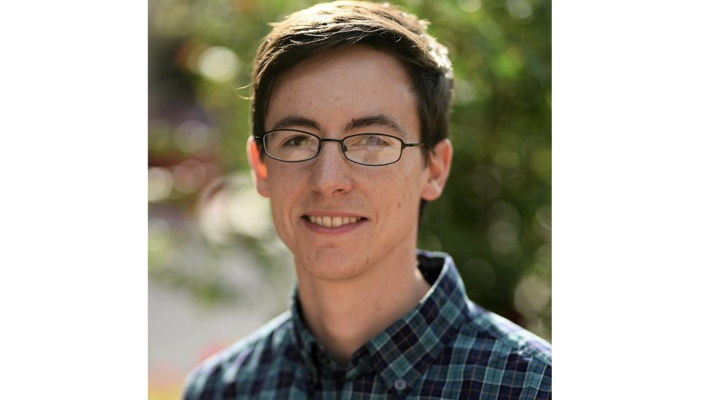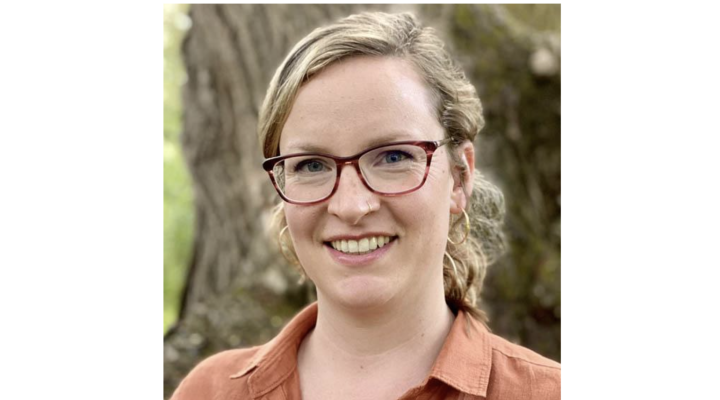Chris De Sa has joined the computer science department at Cornell as an assistant professor. De Sa started at Cornell in July of 2017. He comes to Ithaca after ten years in Palo Alto, California, earning his B.S., M.S., and Ph.D. in electrical engineering from Stanford University. De Sa’s work is focused on improving the performance of machine learning (ML) applications by addressing issues in algorithms, software, and hardware.
De Sa is old enough to remember DOS, dot matrix screens, and the introduction of Windows 95. “I coded a bit in high school on my own time,” says De Sa. “Even at that time I knew that engineering would be my thing. The biggest shift in perspective over time for me has been away from wanting to know how things are put together and toward answering the question ‘how should things be put together.’”
De Sa says that he has always wanted to understand how things work, especially complicated systems with many parts. During his undergraduate years at Stanford he had a summer research experience with Christos Kozyrakis and saw that research was an attractive possible path. “Before that, I didn’t really know this was a thing I could be doing,” says De Sa. That experience sold De Sa on the value of pursuing a Ph.D.
“It was not a hard decision,” says De Sa. “I loved doing research, it would allow me to work with intelligent, capable people at the boundary of an important field, and having a doctorate opens up some great job possibilities.”
De Sa worked with Kunle Olukotun and Chris Ré during his doctoral studies at Stanford. Initially, he focused with Olukotun on parallelism, parallel programming, and the performance of systems. “But then it just seemed like a natural fit to also work with Chris Ré on machine learning and structured data,” says De Sa. De Sa’s work with Olukotun and Ré resulted in his thesis, “Fast stochastic algorithms for machine learning.”
De Sa is thrilled to be at Cornell. “Computer Science at Cornell has been doing a fantastic job of hiring. The people in the department are really good across the board,” says De Sa. “And Ithaca is a beautiful place to live.”
Now that he is in Ithaca, De Sa is delving into some vexing machine learning questions. Chief among these questions is: do we need to develop new paradigms for machine learning in programming and in hardware? Machine learning systems are in wider use month by month, yet their performance continues to be limited by bottlenecks such as parallelism, memory bandwidth, and human engineering effort. De Sa is addressing the causes of these bottlenecks through his focus on relaxed-consistency variants of stochastic algorithms such as asynchronous and low-precision stochastic gradient descent.
His hope is to use some of these techniques “to construct data analytics and machine learning frameworks, including for deep learning, that are efficient, parallel, and distributed.”
This work will have applications in network security, (where protecting a network from attack and responding quickly and appropriately after a breach are ever-present challenges), in the social sciences, (where machine learning could be used to make predictions based on very large data sets that are currently unmanageable), and in medicine, (where machine learning could use the large volumes of genetic data collected to guide treatment options), as well as in many other areas.
In the fall 2017 semester De Sa is teaching CS6787, Advanced Machine Learning Systems. He may also spend some time playing board games, which he was happy to discover is a passion some of his CS colleagues share.





